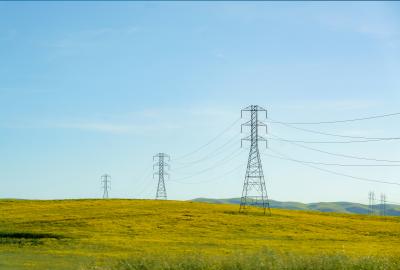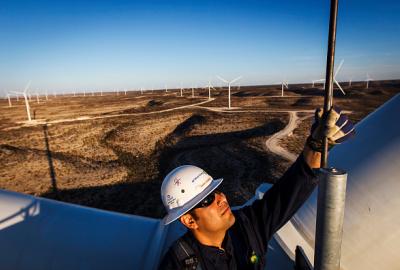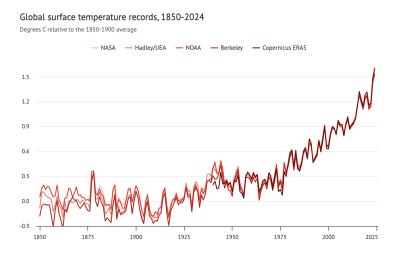Washington climate program slashes pollution and boosts budget
What do free public transit, restored salmon habitat and new renewable energy projects have in common?
They’re all projects funded by a landmark Washington state program which raises money for social and environmental projects while cutting pollution from heavily polluting industries.

Since its launch two years ago, the program, which requires companies to slash pollution, has brought in more than $2.5 billion to support such efforts. These on-the-ground benefits enjoyed by everyday people are a big part of the reason why a campaign to scrap the program — led by a hedge fund manager who poured millions of his own fortune into the effort — fell flat on its face.
“If you’re looking for a ray of hope in last year’s elections, look to Washington state,” says Caroline Jones, a climate policy expert at Environmental Defense Fund. “A whopping 62% of voters shot down the ballot initiative to take this program away.”
More than 500 organizations, including tribal nations and labor unions, came together to protect Washington’s cap-and-invest program by showing how it was already delivering for people in the state. The state would lose an estimated $9 billion over the next five to eight years if the program was scrapped.
Environmental news that matters, straight to your inbox
How reducing climate pollution can raise funds
Washington’s cap-and-invest program reduces greenhouse gas pollution by setting a declining limit (cap) on total emissions in the state and letting businesses buy and sell allowances to cover their emissions. Companies that pollute less can sell their allowances, creating an economic incentive to lower their carbon footprint.
Over time the number of allowances available is reduced, eventually bringing down the total emissions in the state to near zero by 2050. The "invest" part means that revenue generated from selling these allowances is then reinvested in projects that boost resilience, support clean energy and promote environmental justice within the state.

Among the projects funded are energy bill rebates and home energy efficiency upgrades for low-income residents, the clearing of brush to prevent wildfires, new electric ferries, expanded pedestrian walkways and bike lanes around schools to make it easier and safer to get to class without a car, and solar panels and battery storage for libraries, churches and schools to reduce emissions and create a network of local emergency relief centers.
“Lots of states have climate goals,” says Jones. “Some of them are even legally binding. But Washington is one of the few states that actually has a policy in place to make sure it meets its goals.”
Spurred by the overwhelming public support evident in last November’s ballot vote, Washington state can now move full steam ahead on linking its program to similar programs in California and Quebec, which have been linked for over 10 years. Joining forces with these other two markets to make one big market will make the whole system more stable, predictable and cost-effective. This in turn creates the right conditions for the markets to become even more ambitious in their emission reduction goals in the future.
A model for other states
California has long been a leader in using market-based approaches to curb pollution.
Over the past 10 years, California’s program has delivered $11 billion to more than half a million projects, including nearly 1,300 new or expanded transit projects, 30,000 new jobs and more than12,000 affordable housing projects under contract. In 2024, 11 million Californians received automatic savings on their electricity bills thanks to the program.
Statewide, emissions have also dropped 8% just since 2019. California environmental regulators are in the process of lowering the cap even further to help drive down emissions faster to meet the state’s climate goals.
“Washington is a really powerful example to other states looking at starting their own cap-and-invest programs,” says Jones. “Maryland, New York, Vermont: take note. You don’t have to be as big as California to make this work. There are real economic, social and environmental benefits to be realized and when put to the test, real people want them.”


